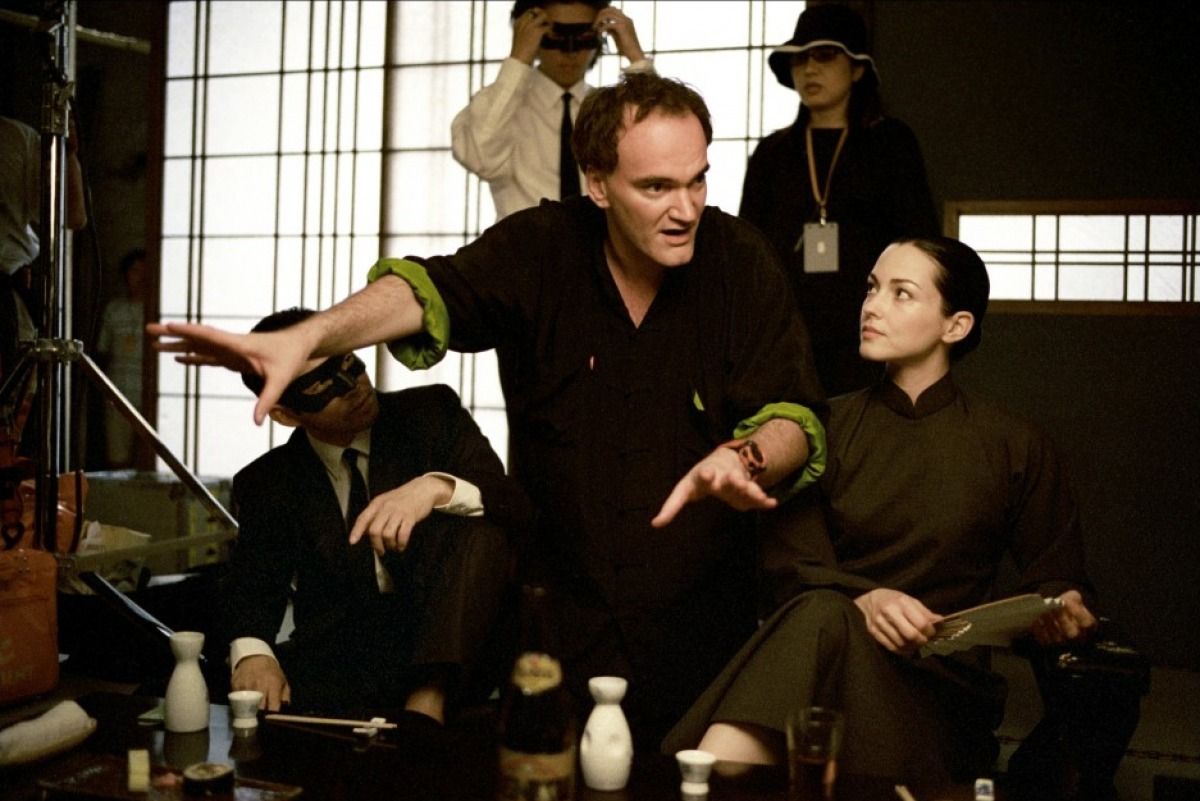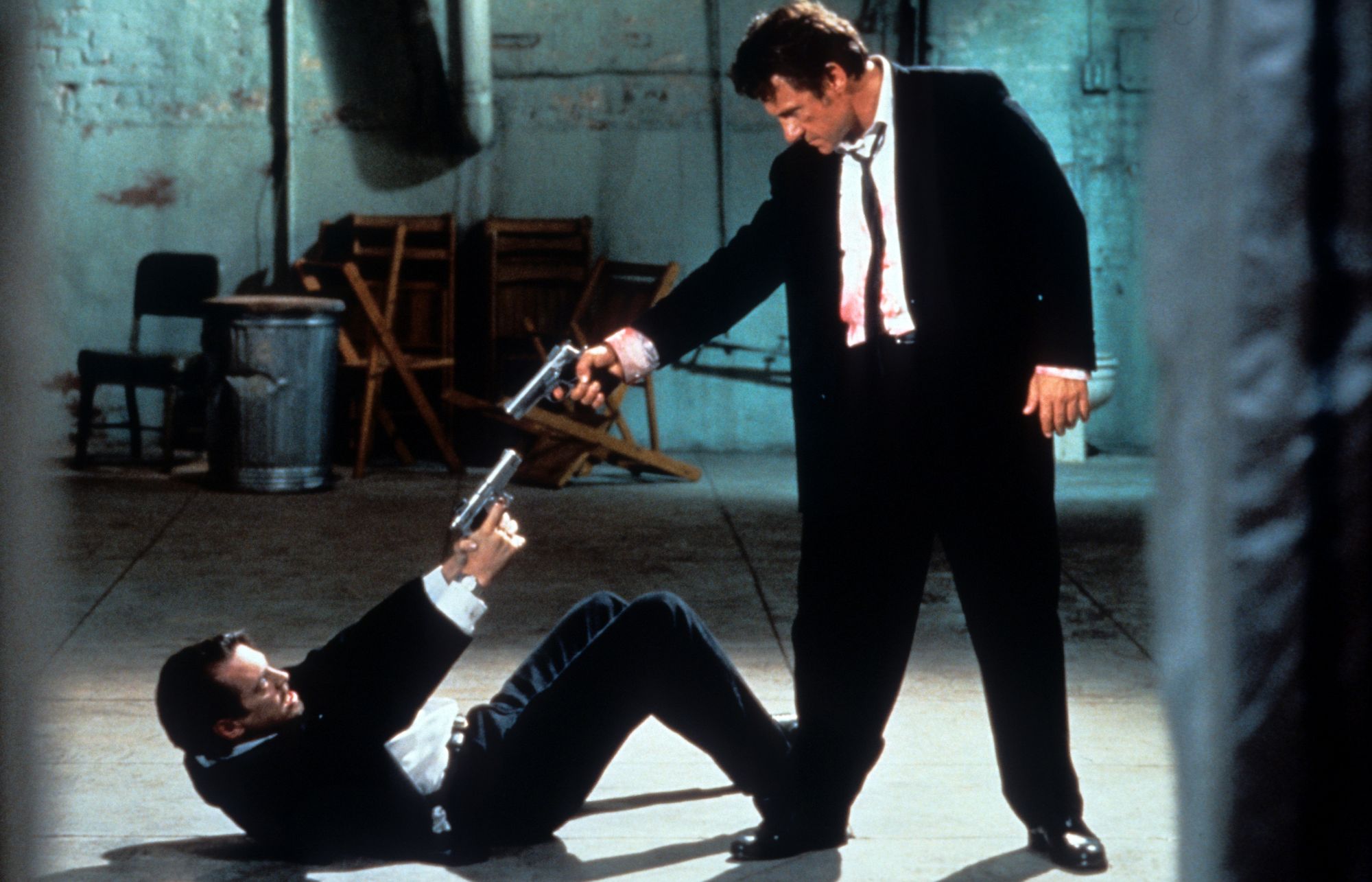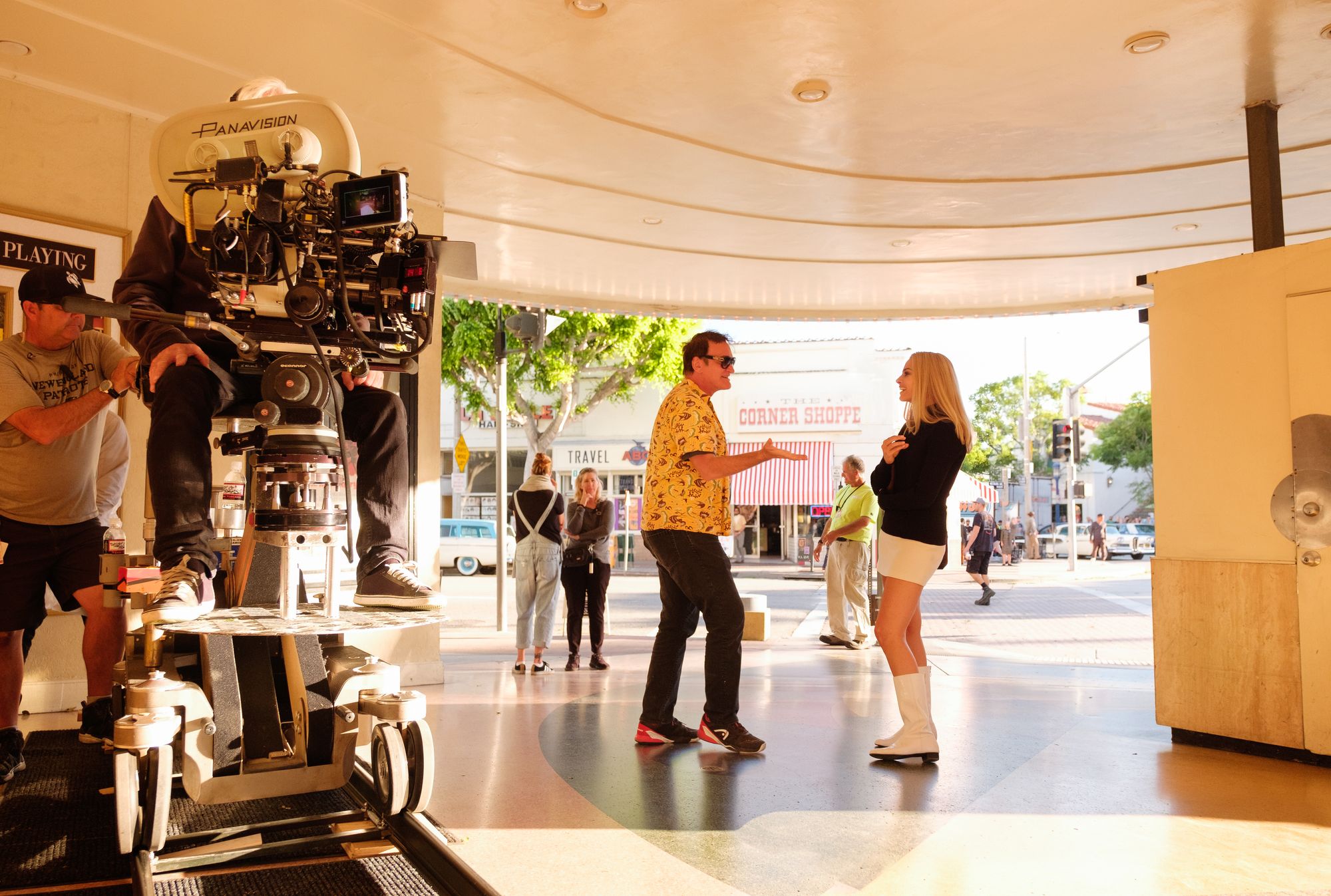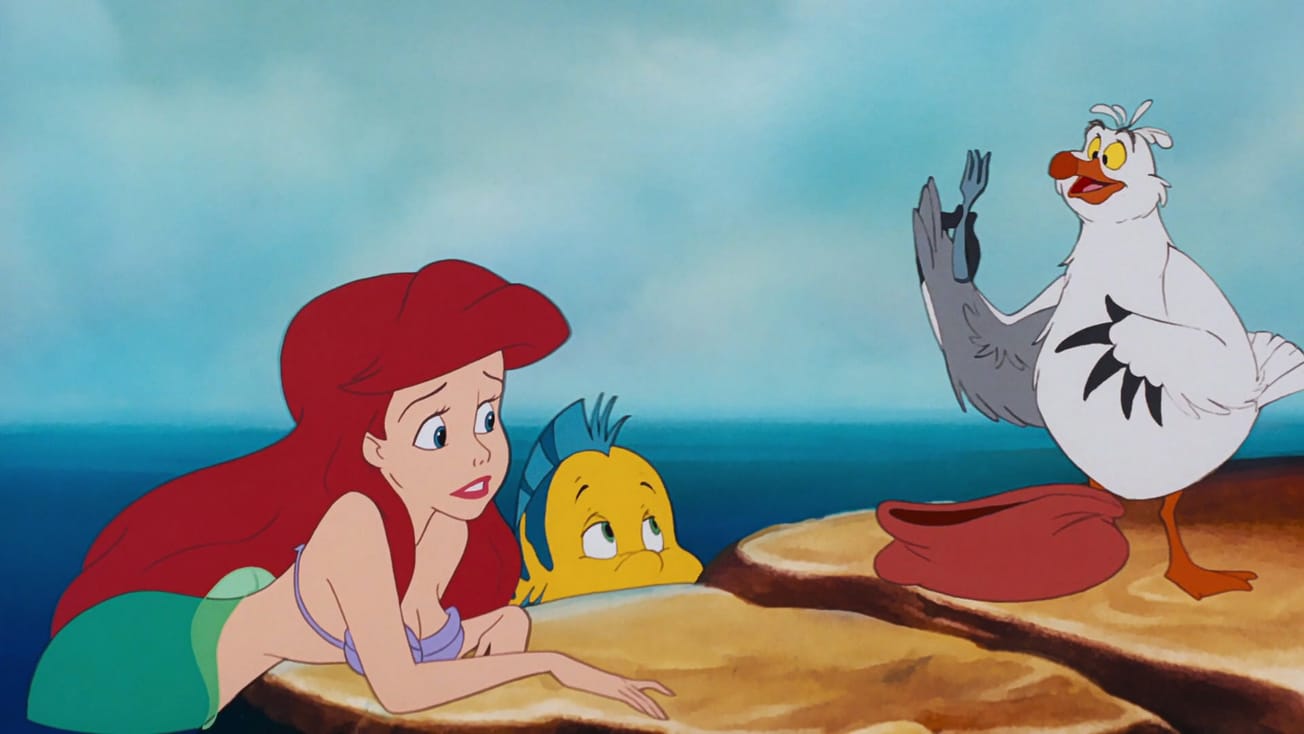By Isha Vibhakar, Theatre and Film, Second Year
Whilst retaining the reputation for being one of the greatest all-white, male Hollywood directors, maybe the best giveaway for a Tarantino film would be the internalized male gaze depicted via his foot fetish. Obviously, the director has crafted an oeuvre that goes beyond this personal obsession and so, on this 58th birthday, this article will celebrate all the signature trademarks that make Quentin Tarantino!
The story goes that QT was a video-store clerk whose lack of success as an actor led him to write and direct. The seven awards each at the Academy and BAFTA and a Palme d’Or at the Cannes Film Festival among several others, are a testament that the failure as an actor was indeed a blessing in disguise. To further restore the identity of the director as an auteur, the ‘Tarantinoesque’ elements are outlined below:
- Pastiche
In a 1994 interview with Empire magazine, Tarantino said, "I steal from every single movie ever made. Great artists steal. They don't do homages." QT’s visual references underpin both pop-culture and popular post-modern cinema by borrowing from multiple sources spanning decades to curate something entirely new. Each of his films is a tribute to a specific genre and movement in cinema. While Kill Bill (2001) is reminiscent of the classical Japanese samurai and Chinese kung-fu movies, Inglourious Basterds (2009) references the WW2 cinema. With Django Unchained (2012) as a modern take of the Italian spaghetti Westerns, Once Upon A Time in Hollywood (2019) is set in the declining Golden era of Hollywood.

2. Non-linear narrative structure
QT’s postmodern style is manifested in the form of title cards in his films as they don’t take place in chronological order. These are words that flash on screen to explain a location, movie segment, or even characters themselves. Pulp Fiction (1994) starts with ‘Prologue-The Diner’ and ends with ‘Epilogue- The Diner’ to break segments of the film into chapters to avoid confusion. Reservoir Dogs (1992) uses title cards for the names of the characters whereas in Django Unchained, they are used to explain the setting.
3. Graphic, stylised violence
Qt once quipped, “I don’t feel the need to justify the violence. It’s what Edison invented the camera for. It’s such a cinematic thing. Literature can’t quite do it. Theatre can’t quite do it. Painting can’t quite do it. Cinema can do it. Sure, my films are fucking intense. But it’s a Tarantino movie. You don’t go to a Metallica concert and ask the fuckers to turn the music down.” Let’s just leave it there.

4. Unconventional music
In lieu of the narrative, QT’s soundtrack focuses more on the tone and emotion of the song. The juxtaposition can be clearly seen in the disturbing torture scene in Reservoir Dogs where he uses ‘Stuck in the Middle with You’ which is an upbeat, happy song. The hip-hop songs used in Django Unchained create a rebellious tone while Bowie’s ‘Cat People’ comes on when Adolf Hitler is set on fire in Inglourious Basterds; where none of these fit the respective setting of the 19th century or WW2.
5. Historical rewrites
Historically, Hitler took his own life in April 1945 when the Red Army surrounded Berlin and there was no way out. Although Hitler never faced accountability for his crimes against humanity, QT made sure that didn’t get an easy way out by having him brutally assassinated by the Jewish soldiers in Inglourious Basterds.
Once Upon A Time in Hollywood was a love letter to Sharon Tate and so in Tarantinoverse, Tate, her child and her friends get to live while in the real 1969, Tate retired from a prominent acting career and was pregnant when she was brutally murdered by members of the Manson family.

6. Shared Universe
A self-proclaimed Marvel fan, all of QT’s films share connections with each other. In Pulp Fiction, Mia Wallace played by Uma Thurman explains a TV show she worked on alluding to Kill Bill. Red Apple cigarettes were first used in Reservoir Dogs in 1992, but were again referenced in Once Upon A Time In Hollywood where Rick Dalton played by Leonardo DiCaprio stars in a commercial for the brand in an end credits scene and is the only character expressing his disgust towards them. Having already carved a niche in Hollywood, QT’s reveals his most important storytelling tip which seems like the best place to conclude: “What’s the movie that we have never seen because you haven’t made it. Make that movie. Make the movie that’s the reason you’re going to be doing it.”
Featured: IMDb
Have you got a favourite Tarantino movie?









